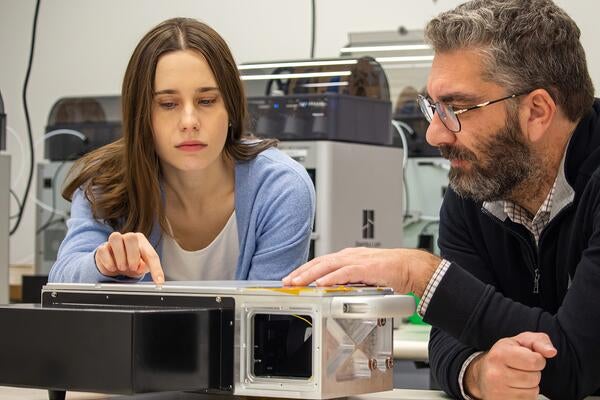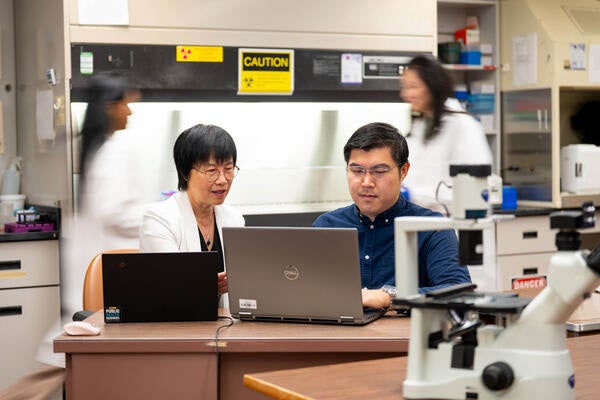
What mathematics can tell us about social media and uprisings
Waterloo math prof creates mathematical models to determine how revolutions spread on social networks

Waterloo math prof creates mathematical models to determine how revolutions spread on social networks
By Suzanne Bowness Marketing and Strategic CommunicationsSocial media is playing an increasingly significant role in uprisings like the Arab Spring but the evidence for how platforms like Facebook, Twitter, and even cell phones affect revolution has largely been anecdotal.
Mathematics Professor Hans De Sterck, and his graduate student John Lang, of the University of Waterloo’s Department of Applied Mathematics, are working to put some mathematical rigour to all the talk about social media and revolutions.
They’re creating mathematical models to investigate how revolutions spread on social networks.
In a paper recently published called: The Arab Spring: A simple compartmental model for the dynamics of a revolution Lang and De Sterck argue that the rapid increase in audience on social media translates to greater visibility, an important factor in a revolution’s momentum. They demonstrate that even small enhancements in visibility may significantly increase the probability of a realized revolution, due to nonlinear threshold effects.
Since a major benefit of social media is the ability to broadcast information, tracking the effectiveness of that broadcast is another point for study. “If there is somebody saying something interesting on Twitter and it gets retweeted, then many people decide to follow them,” says De Sterck. Such uptake means the audience can rise exponentially in a short time.
The relative absence of hierarchy in social networks also makes censorship more difficult. Yet increasingly governments are also learning to make use of technology—think of police soliciting smartphone camera evidence at a riot—which provides more factors to consider at the other side of the equation.
In an ongoing project that involves computer simulation on social networks, Lang and De Sterck investigate how different types of social networks affect a revolution. By varying parameters in the computer simulation, they find that a connectivity structure with large numbers of followers is important for the revolution to spread. However, the searchability, rewiring, and broadcast nature of social networks are also important factors.
For De Sterck, applying mathematics and computing to investigate real-world problems is rewarding. “I’ve always been interested in developing mathematical methods to solve large problems on big computers, so now that some of these have societal relevance it’s nice to be able to work on them in my large-scale computing research.”

Read more
Phantom Photonics’ quantum remote sensing technology offers precision for industries operating in extreme environments

Read more
How machine learning empowers collaboration between computer science, math and medical research

Read more
Researchers developed a process to reduce the amount of energy needed to run data centres
The University of Waterloo acknowledges that much of our work takes place on the traditional territory of the Neutral, Anishinaabeg, and Haudenosaunee peoples. Our main campus is situated on the Haldimand Tract, the land granted to the Six Nations that includes six miles on each side of the Grand River. Our active work toward reconciliation takes place across our campuses through research, learning, teaching, and community building, and is co-ordinated within the Office of Indigenous Relations.